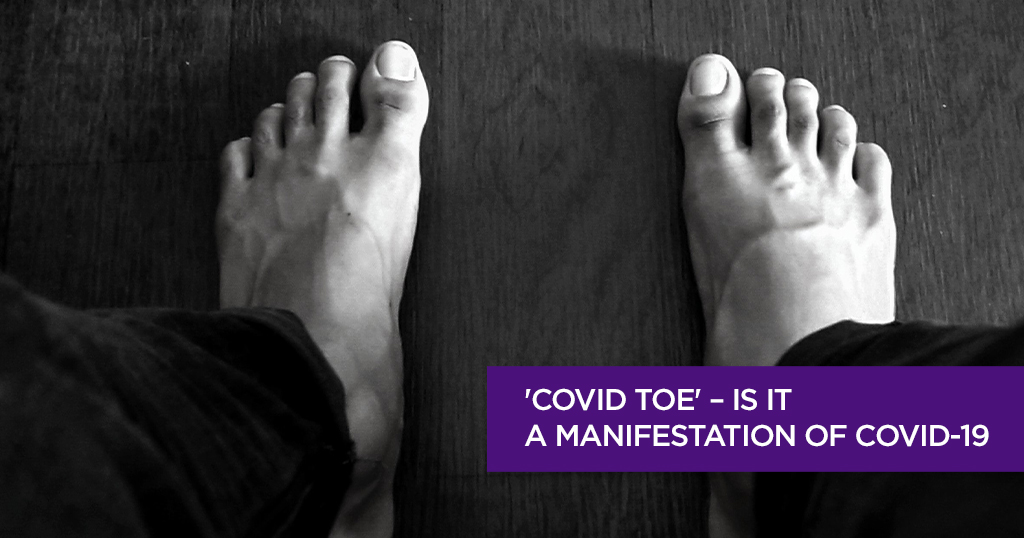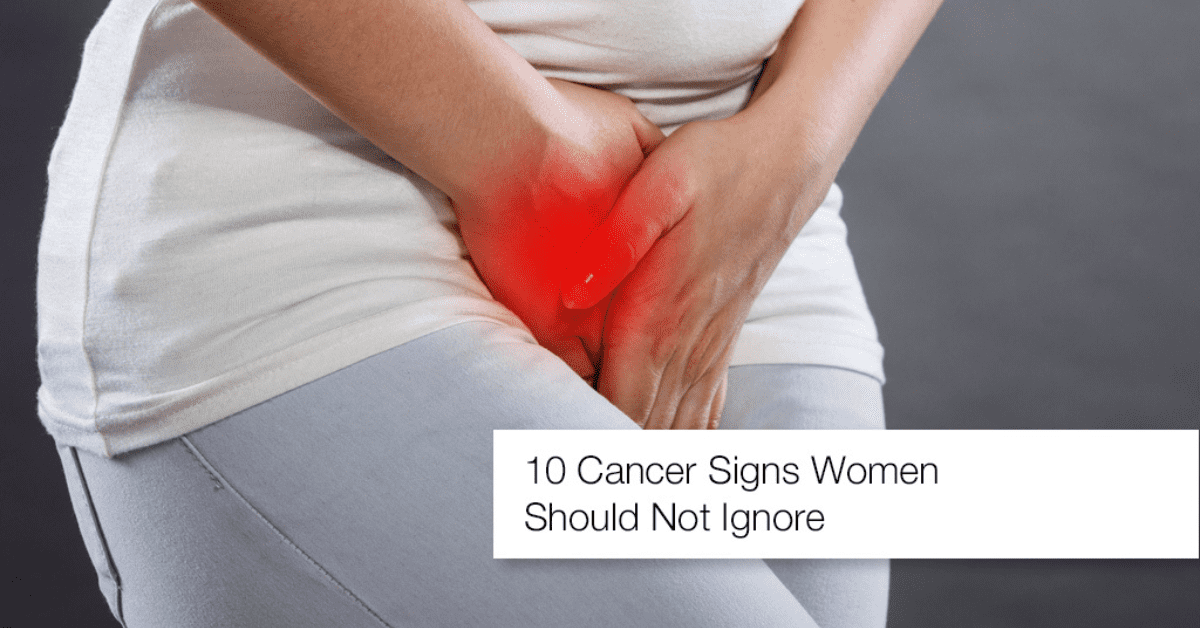Could not find what you are looking for?
- Health Library
- Contraindications For Having a Hysterectomy
Contraindications for Having a Hysterectomy

Contraindications for Having a Hysterectomy

Hysterectomy is a surgery to remove the uterus (womb). It is performed to treat health problems such as fibroids (benign tumors), abnormal heavy bleeding, endometriosis (a condition where the inner lining of the uterus is deposited outside the womb), prolapsed uterus (sagging down of the womb), benign ovarian mass and cancer of the genital tract (uterus, cervix or ovaries).
The surgeon may choose to remove all or part of the uterus depending on the underlying health condition or diagnosis. It can be of three types: subtotal hysterectomy (removal of the upper part of the uterus), total hysterectomy (removal of the whole uterus and cervix), and radical hysterectomy (removal of the whole uterus, tissues present around the uterus, cervix, and top part of the vagina). Radical hysterectomy is usually performed in case of cancers of the genital tract.
Hysterectomy can be performed in three ways: open or abdominal surgery, vaginal surgery, and minimally invasive procedure (MIP) or laparoscopic surgery. The selection of the route of hysterectomy is influenced by the size and shape of the uterus, accessibility to the uterus, and the extent of extrauterine disease.
A number of pre existing clinical conditions are generally accepted as challenges or relative contraindications to hysterectomy. They can be
- Large uterus
- Morbid obesity
- Severe endometriosis (tissue lining inside the uterus grows outside of it)
- Pelvic radiation
- Prior pelvic surgeries with adhesions and anatomical distortions
- Restricted uterine mobility
- Limited vaginal space (long and narrow vagina)
- Medical history of fistula repair
- Known or suspected gynaecological cancer

















